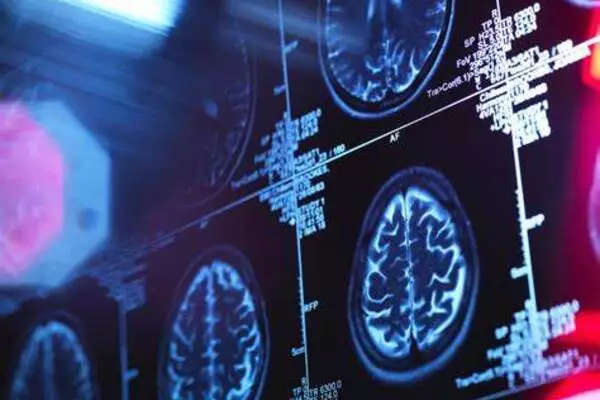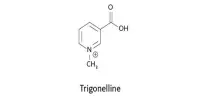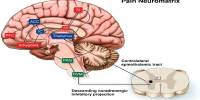When researchers began investigating whether early-life stress amplifies the effects of a childhood head injury on health and behavior later in life, they discovered something unexpected: Stress changed the activation level of many more genes in the brain than a bump to the head did in an animal study.
It is well known that head injuries are common in young children, especially when they fall, and that they can lead to mood disorders and social difficulties later in life. Adverse childhood experiences are also common, and they can put adults at risk for disease, mental illness, and substance abuse.
“But we don’t know how those two things can interact,” said Kathryn Lenz, associate professor of psychology at Ohio State University and senior study author. “We wanted to know if having a traumatic brain injury in the context of early life stressors could modulate the response to the brain injury.” And using an animal model allows us to delve deeply into the mechanisms by which these two factors may influence brain development as it occurs.”
We found many, many, many more genes were differentially expressed as a result of our early life stress manipulation than our traumatic brain injury manipulation. Stress is really powerful, and we shouldn’t understate the impact of early life stress on the developing brain. I think it tends to get dismissed – but it’s an incredibly important public health topic.
Kathryn Lenz
According to Lenz, the first set of experiments in rats suggests that the potential for early life stress to lead to a lifetime of health consequences may not be fully appreciated.
“We found many, many, many more genes were differentially expressed as a result of our early life stress manipulation than our traumatic brain injury manipulation,” Lenz said. “Stress is really powerful, and we shouldn’t understate the impact of early life stress on the developing brain. I think it tends to get dismissed – but it’s an incredibly important public health topic.”
The research poster was displayed at Neuroscience 2023, the Society for Neuroscience’s annual meeting.
For 14 days, researchers separated newborn rats from their mothers to simulate the effects of adverse childhood experiences, which included a variety of potentially traumatic events. Stressed and non-stressed rats were given either a concussion-like head injury under anesthesia or no head injury on day 15 when rats are developmentally equivalent to toddlers. Stress alone, head injury alone, and stress combined with head injury were compared to uninjured, non-stressed rats in three conditions.

First author Michaela Breach, a graduate student in Lenz’s lab, used single-nuclei RNA sequencing to examine gene expression changes in the hippocampal region of the animals’ brains later in their juvenile period.
A few notable results were obtained when stress was combined with traumatic brain injury (TBI). Both conditions activated pathways in excitatory and inhibitory neurons associated with plasticity, which is the brain’s ability to adapt to all kinds of changes – mostly to promote flexibility, but sometimes to result in negative outcomes if the changes are maladaptive.
“This may suggest that the brain is being opened up to a new period of vulnerability or is actively changing during this period of time when it could program later life deficits,” Breach said in a statement.
Both conditions also had an effect on signaling related to oxytocin, a hormone linked to maternal behavior and social bonding. Stress alone and combined with TBI activated this oxytocin pathway, but brain injury alone inhibited it.
“Both stress and TBI are linked to abnormal social behavior, but we’re finding these differing effects with the oxytocin signaling,” Breach said. “That demonstrates that the effect of stress might modulate how TBI changes the brain since the combination treatment was different from TBI on its own. Oxytocin is involved in the response to stress and repair, so that may mean it could be an interesting modulator for us to pursue in the future.”
In behavior tests in rats that had aged into adulthood, only animals that experienced early-life stress were prone to more frequently entering a wide-open space — a location that typically makes rodents feel vulnerable to predators.
“Overall, that suggests they might be taking more risks later in life, which is consistent with human data showing that early life stress can increase the risk for certain conditions like ADHD, which can be characterized by risk-taking behavior or substance use disorders,” he said.
According to Lenz, the behavioral data pointing to the negative effects of early-life stress provides additional evidence of the need to address adverse childhood experiences.
“Things like social support and enrichment can buffer the effects of early-life stress — that has been shown in animal models and in people,” she went on to say. “I don’t think it can be over-emphasized how damaging early-life stressors can be if they’re not dealt with.”
















